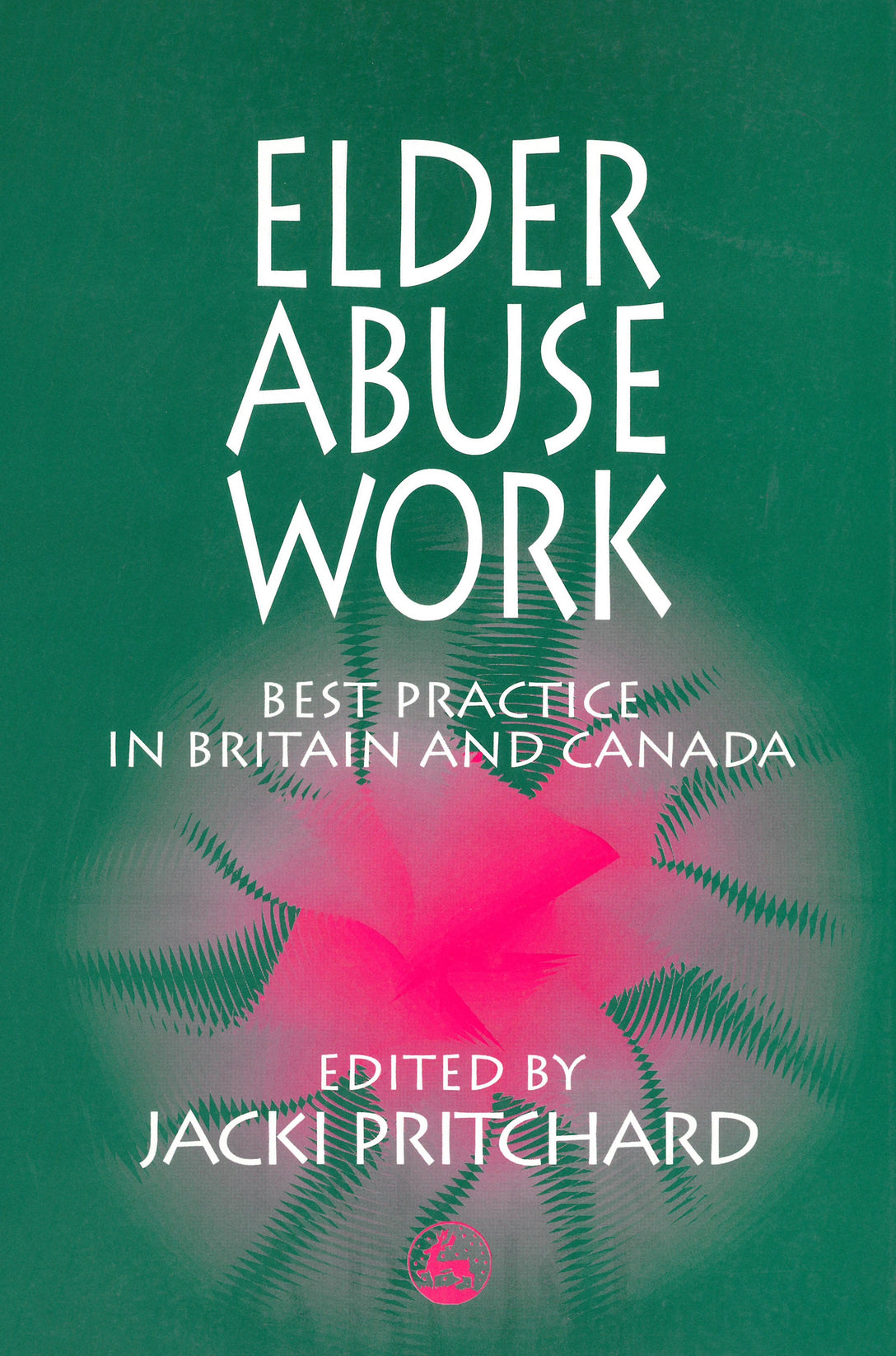
Press Reviews
Social work with groups
The book is an excellent primer on the nature of elder abuse. The chapters provide an excellent understanding of the various types of elder abuse, the background causes, risk factors, community responses, and helping/intervention strategies. Policy makers, police officers, legal professionals, nurses, social workers, and other medical personnel who work with the elderly will all find the information germane to their service delivery as the book covers the range of elderly service settings.
International Social Work.
This edited book represents a valuable additionto the existing elder abuse literature giving examples of "best practice" in Britain and Canada... this book is well written,very readable and a valuable resource for practitioners. One of its strengths is that it is very practice oriented and uses many case examples to give powerful illustration to the types of situations practitioners experience in dealing with elder abuse, and the ways these situations could be approached.It also presents multiple professional perspectives on abuse and some exciting examples of innovative practice. Ms Pritchard's purpose is to focus on examples of good or " best" practice that "will give people working with older people inspiration and ideas of what can be achieved " (p.11). Her book arose from "anger and frustration" generated by " derogatory comments about practitioners " who cannot theroize or conceptualize " (p.9). Pritchard's belief is that much can be learned from innovative approaches to elder abuse work in Canada. The book's value is as a catalogue of the diverse work of practitioners who demonstrate the commitment and courage charecteristic of most people addressing the cruelty and injustice intrinsic in the mistreatment of older people. The author describes her commitment to ensuring quality care through legislation, regulation, adequate resources, protocols, and procedures, education and attitude change. The book provides diverse and frequently powerful examples of practice. In that respect it fulfills the author's intent to provide practical ideas for addressing the abuse of older people.
CASW Bullettin
An overview of the developments and issues in both countries that draws guidelines for best practices. An inspiration to the direct work of amyone involved in the care of older people who have victime of abuse, as well as a guide for informing and focusing the decisions of managers and policy-makers.
Professional Social Work
This book provides an interesting collection of chapters directed at practitioners and policy makers alike. The eleven British chapters by themselves would provide a helpful overview of work in this area. The addition of chapters from Canadian writers supplies a host of alternative perspectives, again strongly related to service development. Much international work is rather inaccessible but these chapters are likely to appeal, given their down-to-earth style. British readers will appreciate the contributions from the police-both British and Canadian-whose role is so important and infrequently understood. Similarly both countries offer perspectives about support for victims or survivors, at an individual level but also in respect of community support. As the editor notes the whole area requires a multidisciplinary approach. She has done well to also convey the benefits of learning from international experience.
British Journal of Occupational Therapy
Bring(s) together current thinking, up-to-date statistics and examples of good clinical work in both Britain and Canada in a very useful format.
